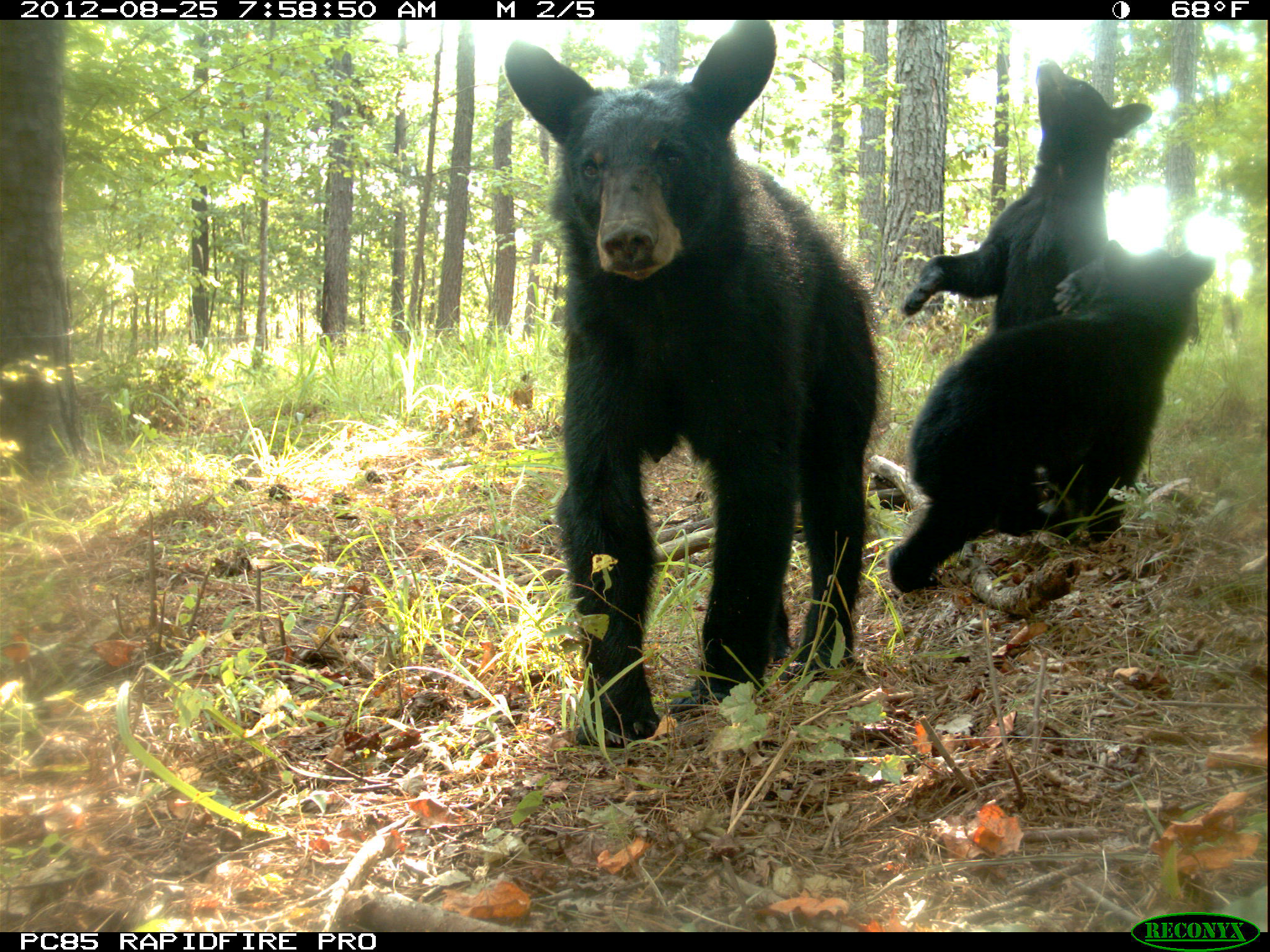People around Eastern Alabama's Little River Canyon National Preserve are seeing more black bears in the last 10 years or so, but a two-year Auburn University study will show real data on bear populations for the first time.
The study launched this year will look at the bears' population and genetics in the 14,000-acre preserve between Fort Payne and the Alabama-Georgia state line, according to Resources Management Specialist Mary Shew.
Experts believe there are a dozen or fewer black bears in the preserve, Shew said, but researchers want to know how healthy that population is and whether it's affected by migrating bears.
"Their focus is DeKalb, Cherokee and Etowah counties," Shew said of the preserve study.
Genetic material is taken with snares set to snag a little bear fur when they check out the bait, she said.
Sightings have increased over the last decade, she said.
Betty Bates has lived in the Fort Payne area for the past 40 years. She's heard a few bear stories while living near DeSoto State Park and Little River Canyon, but she said she hasn't heard of any bear problems where she lives about six miles from the preserve.
Bates noted a friend of her son's recently said he saw a mother bear and a cub on DeSoto Parkway inside that state park's boundaries north of the preserve.
Because bears can be dangerous, officials steer people to the "Be Bear Aware" home page on the Center for Wildlife Information's website at www.centerforwildlifeinformation.org for tips on how to handle a confrontation with a bear or other large wild animal, Shew said.
Bear sightings in the last couple of years include a 230-pound male that was struck and killed by a car in December 2011 on Alabama Highway 35 and another spotted in May on Alabama Highway 9 between Centre and Piedmont, according to reports in the Gadsden (Ala.) Times newspaper.
Preserve Interpretive Park Ranger Larry Beane said the bear killed by a car was within the preserve and had been captured and tagged in a Georgia study, showing it had moved across the state line.
"These animals are smart, and they'll do what it takes to find food," Beane said. Most bears roam a small area, though males may roam a range of six to eight miles unless they're on the move to new habitat when they can cover longer distances, he said.
Beane said he suspects that local bears don't get very old and breed a lot, so he's interested to see what the genetic studies show.
